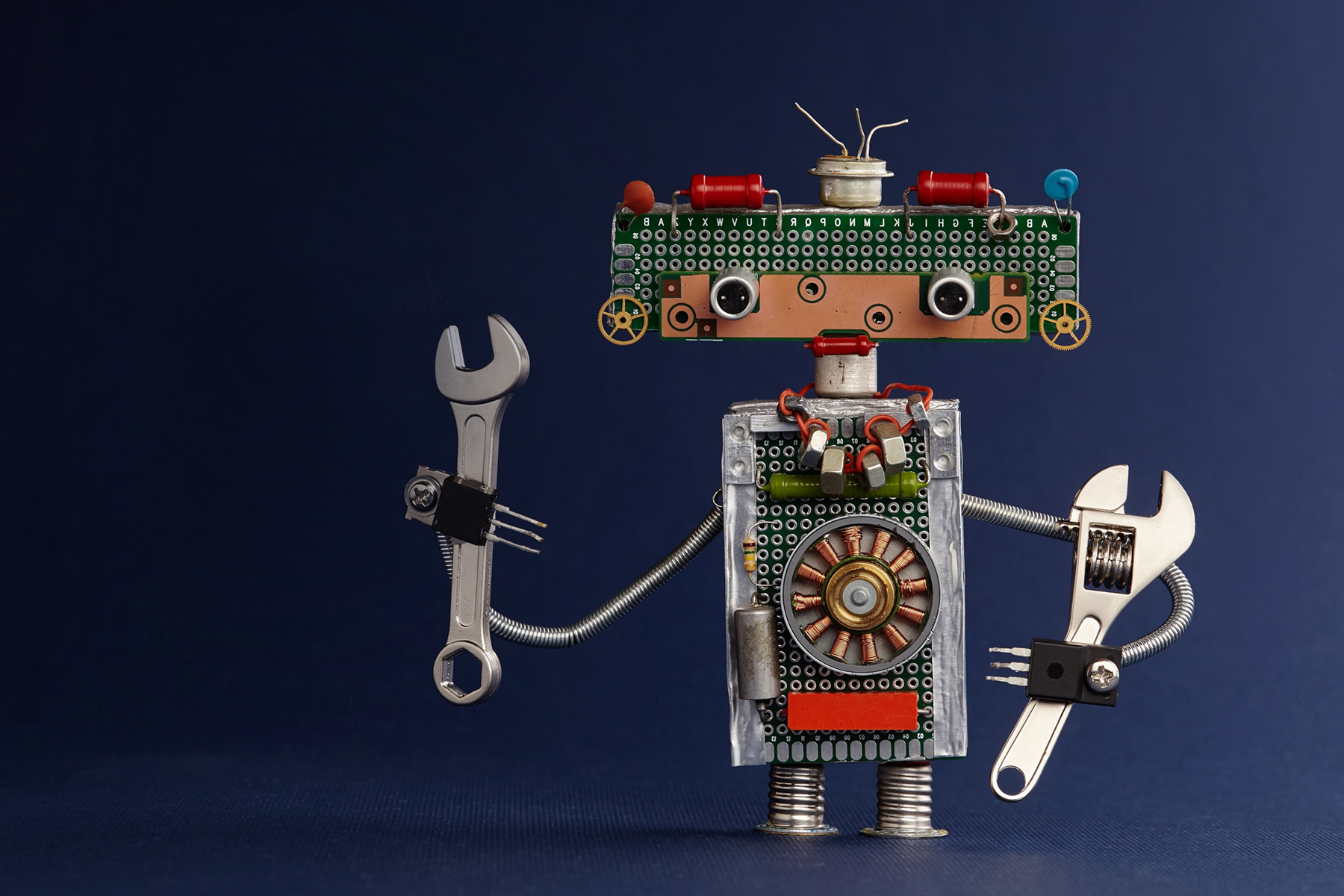DIGIEDUHACK-101: online hackathon, the tech side
You were dreaming about a hands-on, customisable, bulletproof framework? We have something for you!
Organising your fist online hackathon can be a bit of a jungle: already available documentation might be quite technical, a hands-on framework that actually could suit your needs is hard to find, and some available ready-made solutions are super-costly. No panic, in this article we give you a customisable, hands-on, bulletproof AND scalable framework.
Let's start with some demystification: running an online hackathon is not that complicated. Really. Think about your online hackathon as a small village with:
- a city hall
- a plaza
- an event stage on that plaza
- houses scattered all around.
That's your starter kit, and that's all you need to run an online hackathon.
Please note that all the tool/apps that are mentioned in this article can be found and are explained in detail in our tool list on the resource page here.

Your online hackathon is a village! (photo: Adobe Stock)
The roles
As a host, you're the mayor of this village. The members of your jury and the mentors are the village counsellors, and the moderators/facilitators are the civil servants. Your speakers are the visiting guest stars. The inhabitants of the village are the participants in your hackathon. They live in houses, and each house is a team taking part in your hackathon. There is no rule on how many moderators you need for a given number of participants: it all depends on who are the participants (Are they part of your school/institution/organisation? Do you know them?) and how interactive/reactive you aim to be (if you want a lot of participants with a lot of interaction, you will need... a lot of moderators/facilitators)
Your base
The city hall = your event pages
The city hall is your event page on digieduhack.com: this is your base platform, where all (and we mean absolutely all) the info/QA/processes/schedules are displayed, where participants register to take part in your hackathon and where teams submit their solutions. This is the main hub of your online hackathon: the more complete these pages are, the easier it is for your participants to find answers to their questions.
The plaza = your chat board
The plaza is where you interact and talk directly with your participants: it's your multichannel chat board such as Slack, Mattermost, RocketChat, ... This space is dedicated to your communications with your participants. On a multichannel chat board, the discussions flow in every direction: the participants can talk to you, you can talk to the participants, and the participants can talk among themselves. In order to avoid a cacophony of voices, keep your board organised in channels: one topic, one channel. Avoid cryptic words to name your channels and be as reactive as possible when a message is posted. Although you can create (almost) an infinity of channels, don't create more than 5 to 8 channels in order to keep the board manageable.
The event stage = your video conferencing tool
The event stage is where all the live events of your online hackathon will happen: opening and closing speeches, keynote and inspirational talks, award ceremony and much more. The event stage is your online visual meeting app/video conferencing tool such as Zoom, Webex, Google Meet (more tools on our resource page). On your event stage, all things happen in a very organised, timed, and scheduled way. A bit like in a TV show. Your online event stage can either be one-way (your guests/speakers delivering content in front of the audience) or two-ways (the audience can interact with your guests/speakers). If you plan a two-way configuration, be sure to have enough moderators and set some rules on how to take the floor (all mics muted when attending and not taking the floor, request prior to taking the floor, participants say their team's name/their name before talking).
That's all you need!
Yes, that's it! This troika of tools is the bulletproof base needed to run your DigiEduHack hackathon. But you can also level up this base configuration if you want to give your online hackathon another dimension. Below we give you some ideas on how to get your DigiEduHack event to the next level. Bur remember! Everything below is totally optional: all you need to run a DigiEduHack event is above!

Let's go to the next level! (photo: Adobe Stock)
Level up your online hackathon
Up 1: the running platform
You can add to your "base platform" (your digieduhack.com event pages) another tool to conduct your online hackathon: a dedicated "running platform". A running platform is designed to corral your participants through steps ensuring that all your participants will follow the same journey during your online hackathon. This helps level up the teams and makes sure that your event is truly inclusive, letting no team on the side of the road. A list of the available running platform can be found in our tool list on our resource page.
Up 2: live-streaming / SoMe posting your event stage
If you want to reach a broader audience that is not limited to your participants, you can live stream or post what's happening on your event stage. For a live stream, simply connect your online meeting tool to a streaming platform (such as Youtube Live, Facebook Live, Twitch,...), invite your followers and go live! Although this process is pretty straightforward, with a lot of tutorials available online for each streaming platform, be sure to run some tests before actually going live!
For posting, record everything happening in your online visual meeting tool (most of the apps have a recording function), save the file and post it on your SoMe channels.
Up 3: live chat
If you want to add a level of interaction to your live streaming, you can run a live chat in parallel. Most of the live streaming platforms feature an embedded live chat function that you can activate when live streaming. Having a live chat is a great way to engage with your audience and to make live streams much more interactive. But with greater powers come greater responsibilities. A live chat should be moderated for two reasons: tackling undesired communications and forwarding relevant messages to the event stage protagonists to increase interaction.
Up 4: live channel
Ok, we're reaching summits here. Picture this: a dedicated live channel for your hackathon. This works exactly like a traditional TV show: one or more live host(s), a mixing studio, a show director, different flux, correspondents, ... all this live, of course. As you can imagine, this requires a lot of organisation, a lot of resources and quite many technical skills.
